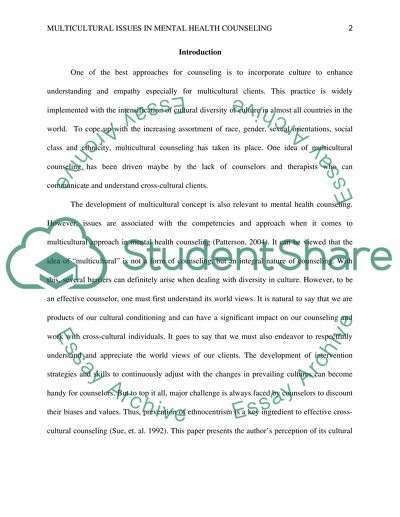Cite this document
(“World View Paper for Multicultural Issues in Mental Health Counseling Research”, n.d.)
World View Paper for Multicultural Issues in Mental Health Counseling Research. Retrieved from https://studentshare.org/psychology/1447019-world-view-paper-for-multicultural-issues-in
World View Paper for Multicultural Issues in Mental Health Counseling Research. Retrieved from https://studentshare.org/psychology/1447019-world-view-paper-for-multicultural-issues-in
(World View Paper for Multicultural Issues in Mental Health Counseling Research)
World View Paper for Multicultural Issues in Mental Health Counseling Research. https://studentshare.org/psychology/1447019-world-view-paper-for-multicultural-issues-in.
World View Paper for Multicultural Issues in Mental Health Counseling Research. https://studentshare.org/psychology/1447019-world-view-paper-for-multicultural-issues-in.
“World View Paper for Multicultural Issues in Mental Health Counseling Research”, n.d. https://studentshare.org/psychology/1447019-world-view-paper-for-multicultural-issues-in.


